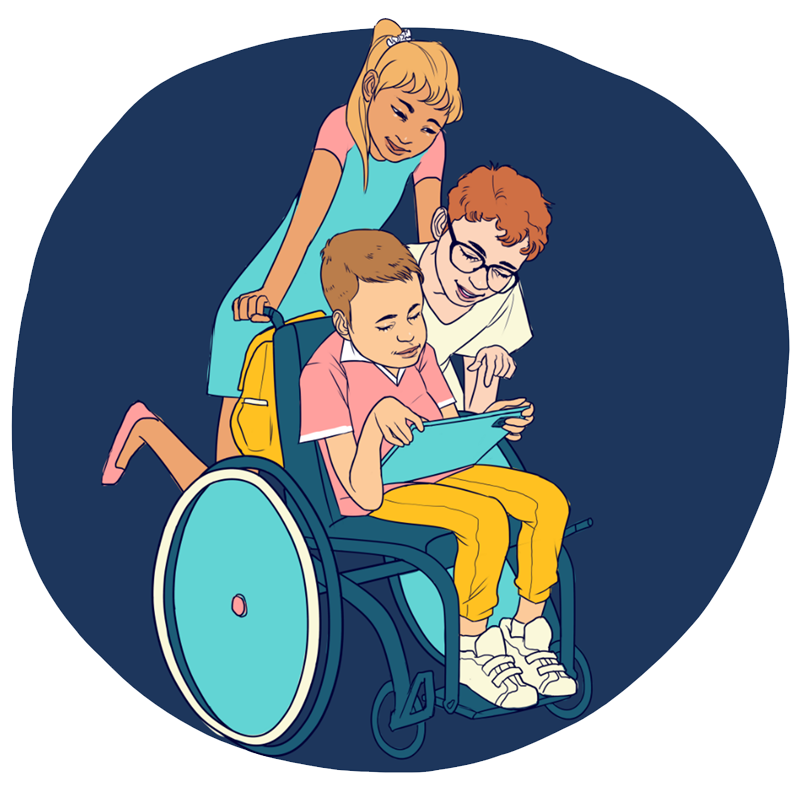Consultation Report – Youth Sentiment Snapshot
As young people embark on their unique journeys, they encounter distinct challenges and opportunities that shape their growth and development. These experiences often require increased community support to help them thrive and reach their full potential.
In 2017, the Queensland Government launched the Queensland Youth Strategy, focusing on supporting young people in participation, housing, health, and education. Since then, the landscape for young people has dramatically changed due to events like floods, bushfires, and the COVID-19 pandemic, which have impacted housing, employment, and social isolation. To address these evolving challenges, a state-wide consultation was conducted from mid-October to late November 2022, engaging over 3,200 young people, including those from diverse backgrounds and experiences. The consultation utilised innovative engagement methods, including social media and in-person workshops, to gather feedback on key issues, needed services, and ways the government can improve its connection with young people.
Data encompasses more than just facts and figures; it includes storytelling and qualitative insights that capture unique identities and needs. This Consultation Report combines both quantitative and qualitative analysis from various feedback channels, alongside data from sources like the 2021 ABS Census. It offers a comprehensive overview of key findings and common themes from the 2022 consultation for the Young Queenslanders Strategy , providing a Youth Sentiment Snapshot – a record of the perspectives and experiences of young Queenslanders.
This document reflects our commitment to advocate for the views and aspirations of young people within Queensland Government policies, programs, and services. Our goal is to ensure their voices are acknowledged and actively integrated into decision-making processes, fostering a youth-centric approach within government initiatives.
 The top issues of the 2022 consultation were:
The top issues of the 2022 consultation were:
- Health and wellbeing including mental health and support services
- Housing including safe community and youth spaces
- Education
- Cost of living and employment
- Climate change
- Social inclusion
- Responsive Government.
The top issues for the 2023–24 financial year were:
- Mental health and wellbeing
- Cost of living
- Education and training
- Physical health and wellbeing
- Climate change and the environment
- Access to youth spaces, services and/or activities
- Learning life skills.
In Queensland, a young person means someone who is between the ages of 12 to 25 years old.
In the 2021 Census, there were approximately 911,158 young people living in Queensland. This means that nearly 1 in 5 Queenslanders is a young person.


Of Queensland’s young people at the 2021 Census:
- 69,031 were 12 years old; 68,947 were 13 years old; 68,230 were 14 years old; 66,267 were 15 years old; 63,972 were 16 years old; 62,030 were 17 years old; 60,048 were 18 years old; 61,190 were 19 years old; 63,685 were 20 years old; 64,289 were 21 years old; 64,163 were 22 years old; 65,347 were 23 years old; 66,251 were 24 years old; 67,706 were 25 years old
- 7% identify as Aboriginal and/or Torres Strait Islander
- 18% use a language other than English at home
- 3.8% provided unpaid carer assistance to a person with a disability or health condition
- 3.3% are parents and of these parents 29.4% are men and 70.6% are women
- 6.1% provided unpaid child care
- 1.2% have experience of out-of-home care
- 0.6% were having experience of homelessness
- in the youth justice system:
- The number of 10–17-year-old young people who commit offences has decreased by 20% in the past five years. In 2022–23, there were 46,388 proven offences committed by 3,398 individual young people aged between 10-17 years (0.6% of all young people in Queensland). Data from 2023 showed that 43% of young people who have a finalised court appearance never return to the Youth Justice System
- in the adult justice system:
- 1.1% have had contact with Queensland Corrective Services
- of the Queenslanders who were active participants in the National Disability Insurance Scheme (NDIS), 37,975, or 27.4% were young people. This means 4.2% of young Queenslanders were active participants in the NDIS.
In the 2021 Census, over 237,000 people identified as Aboriginal and/or Torres Strait Islander in Queensland – representing 4.6% of Queensland’s population. Notably, more than 128,100 (or over 50%) of Queensland’s First Nations peoples are aged 25 or younger. Within this group, over 64,600 are young people between the ages of 12-25.
This means that over 1 in 4 First Nations Queenslanders is a young person.
Young First Nations Queenslanders feel a significant responsibility in influencing and contributing to the growth, development, and cultural richness of our state.
Of Queensland’s First Nations young people at the 2021 Census:
- 7.6% use an Aboriginal and/or Torres Strait Islander Language at home
- 5.4% provided unpaid carer assistance to a person with a disability or health condition
- 7.4% are parents: of these parents 27.8% are men and 72.2% are women
- 12.6% provided unpaid child care
- 3.3% have experience of out-of-home care
- 2.2% were having experience of homelessness
- in the adult justice system:
- 5.9% have had contact with Queensland Corrective Services
- of the 4.2% of young Queenslanders on NDIS, 4,353, or 11.4% were Aboriginal and/or Torres Strait Islander.
